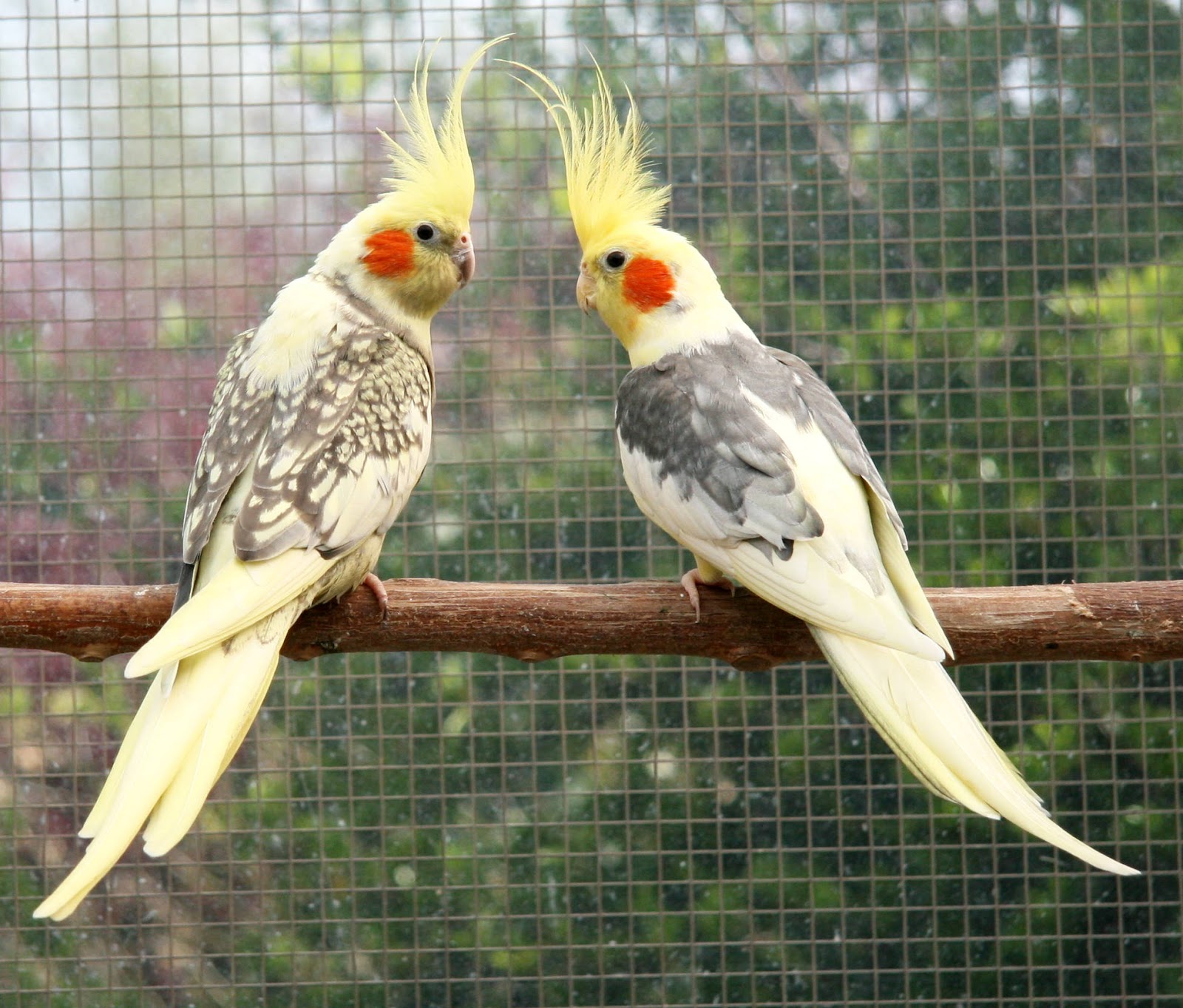Calopsita, commonly known as the cockatiel, is a delightful and charming bird species that has captured the hearts of bird enthusiasts worldwide. With their striking appearance and engaging personalities, calopsitas make for excellent companions. These small parrots are not only adored for their beauty but also for their unique vocalizations and playful behavior. If you are considering adding a feathered friend to your home, understanding the intricacies of calopsita care, behavior, and needs is essential for ensuring a happy and healthy pet.
Originating from the dry, open forests of Australia, calopsitas exhibit a vibrant array of colors and patterns, with the most common being the grey and white varieties. Their friendly nature and ability to mimic sounds make them a popular choice among pet owners. Whether you're a seasoned bird lover or a first-time owner, the calopsita's affectionate demeanor and playful antics are sure to brighten your day.
In this article, we will delve into the fascinating world of calopsitas, covering everything from their origin and biology to care tips and common questions. This comprehensive guide will equip you with the knowledge needed to create a nurturing environment for your pet calopsita, ensuring they thrive and become a cherished member of your family.
What is the Origin of the Calopsita?
The calopsita is native to Australia, where it thrives in various habitats, from savannas to bushlands. These birds are particularly adaptable, allowing them to flourish in both wild and domestic settings. In the wild, calopsitas are social creatures that live in flocks, which plays a crucial role in their behavior and development. Understanding their natural habitat can provide valuable insights into their care and needs as pets.
What are the Distinctive Features of Calopsitas?
Calopsitas are characterized by their striking features, which include:
- Colorful plumage: They come in various colors, including grey, white, yellow, and orange.
- Crest: Their distinctive crest can be raised or lowered depending on their mood.
- Size: Typically, calopsitas measure about 12 to 14 inches in length.
These features not only make them visually appealing but also contribute to their social behavior. Their ability to communicate through vocalizations is another captivating aspect of their personality.
How Do Calopsitas Behave in Captivity?
In captivity, calopsitas display a range of behaviors that reflect their social nature. They are known for being affectionate and enjoy interacting with their owners. Some common behaviors include:
- Whistling and mimicking sounds
- Playing with toys
- Engaging in preening behaviors
Understanding these behaviors can help owners foster a deeper bond with their calopsitas and create an enriching environment for them.
What Do Calopsitas Eat?
Providing a balanced diet is crucial for the health and well-being of your calopsita. Their diet should consist of:
- High-quality pellets
- Fresh fruits and vegetables
- Seeds as a supplement
It's important to avoid giving them toxic foods, such as avocado, chocolate, and caffeine. Regularly incorporating fresh produce into their diet can help prevent obesity and promote overall health.
How to Create a Safe Environment for Your Calopsita?
Creating a safe and comfortable environment for your calopsita is essential. Here are some tips to ensure their space is suitable:
- Provide a spacious cage with horizontal bars for climbing.
- Include perches of varying sizes and textures.
- Add toys to encourage mental stimulation and physical activity.
Regular cleaning and maintenance of their living area will also contribute to their health and happiness.
What Are Common Health Issues in Calopsitas?
Calopsitas are generally hardy birds, but they can be prone to specific health issues, including:
- Feather plucking
- Obesity
- Respiratory infections
Monitoring their behavior and seeking veterinary care when necessary can help ensure they remain healthy and vibrant.
How to Train Your Calopsita?
Training your calopsita can be a rewarding experience. Here are some effective training tips:
- Start with simple commands, like "step up" or "come."
- Use positive reinforcement, such as treats and praise.
- Keep training sessions short and fun to maintain their interest.
Patience and consistency are key to successful training, helping to strengthen the bond between you and your feathered friend.
What Makes Calopsitas Great Companions?
Calopsitas are known for their friendly and sociable nature, making them wonderful companions. Their ability to bond with humans and engage in playful behavior enhances the overall experience of pet ownership. Additionally, their vocalizations and antics can bring joy and laughter into any household.
In conclusion, the calopsita is a captivating bird that can bring warmth and companionship into your life. By understanding their needs and behaviors, you can provide a loving and nurturing environment for these delightful creatures. Whether you are a seasoned bird owner or considering a calopsita for the first time, their engaging personalities and charming antics are sure to enrich your life.


